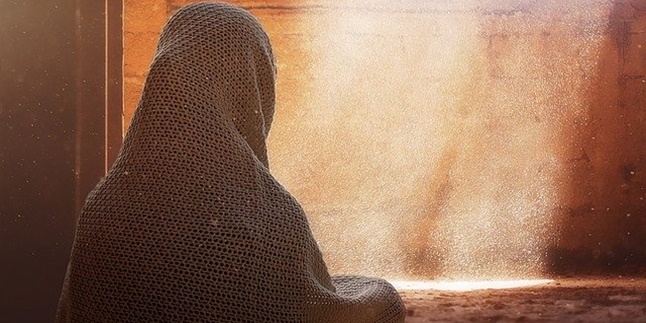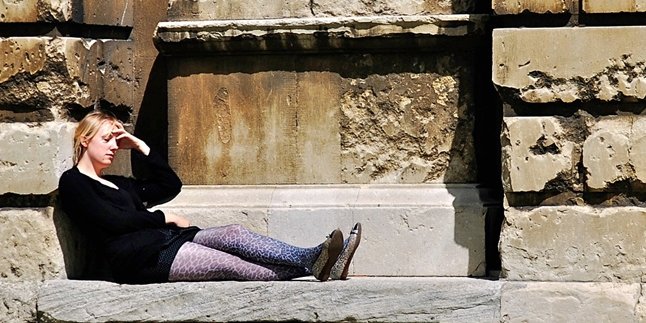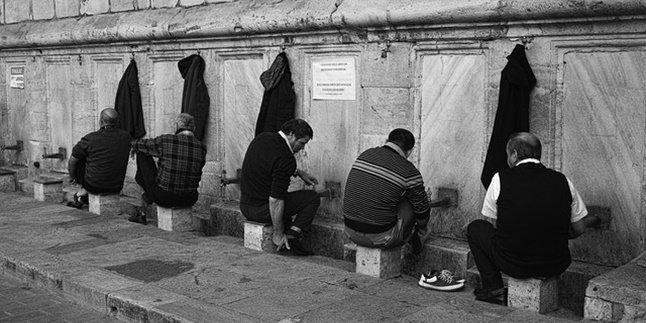Kapanlagi.com - Prayer is one of the most important acts of worship in Islam. Prayer is also referred to as the pillar of religion. Therefore, every Muslim must perform prayer. In addition to mandatory prayers or the five daily prayers, we are also familiar with voluntary prayers. An example of a voluntary prayer is Dhuha prayer. So, what is the procedure for Dhuha prayer? Is it the same as the procedure for the five daily prayers?
Dhuha prayer is a highly recommended voluntary prayer. Meaning, the law of performing sunnah prayers is highly recommended by the Prophet. In fact, in a hadith of the Prophet, he said:
My beloved (the Prophet Muhammad shallallahu 'alaihi wasallam) gave me a message (will) with three things that I will never leave until I die. Namely, fasting three days every month, performing dhuha prayer, and sleeping after performing witr prayer (Muttafaqun 'Alaih, Al-Bukhari No. 1981, Muslim No. 721).
READ ALSO: Prayer When Before and After the Adhan Resounds Complete with Valid Conditions
That's how important and noble it is to perform dhuha prayer, to the point that the Prophet Muhammad advised it. However, before learning the procedures for dhuha prayer, there are several things that Muslims should know about the implementation of dhuha prayer.
1. Time to Perform Dhuha Prayer

(credit: pixabay)
Dhuha prayer can be performed in the morning, starting from when the sun has started to rise. This time occurs approximately 20 minutes after sunrise and ends about 15 minutes before the Dhuhr (noon) prayer call. A hadith mentions this:
The Prophet said:
Perform the Fajr (dawn) prayer, then leave the prayer until the sun rises, until the sun rises. When the sun rises, it rises between the two horns of Satan, at that time the disbelievers are prostrating (worshipping the sun) (HR. Muslim).
2. The Virtues of Dhuha Prayer
Dhuha prayer itself is a voluntary prayer that is believed to not only earn the reward of voluntary prayer, but also various virtues. Here are some virtues of Dhuha prayer, quoted from the dream.co website:
1. Facilitating sustenance.
2. Building a house in paradise.
3. Obtaining the reward of Hajj and Umrah.
4. Included in the Awwabin Prayer
There are so many virtues that can be obtained from performing Dhuha prayer, so it is important for Muslims to know the procedure for performing Dhuha prayer.
3. Requirements for Valid Dhuha Prayer
Similar to other prayers and worship, Dhuha prayer also has requirements that must be fulfilled in order for the prayer to be valid. Some of the requirements for valid Dhuha prayer are as follows.
- Clean from impurities, minor impurity, and major impurity (both in terms of body, clothing, and place).
- Covering the 'aurat' (parts of the body that should be covered during prayer).
- Performed at the time of Dhuha prayer.
- Facing the qibla.
4. Procedure for Dhuha Prayer
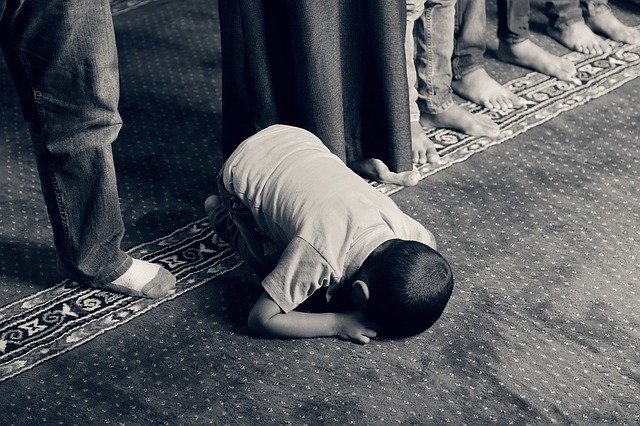
(credit: pixabay)
Dhuha prayer is performed in even units (minimum of 2 units and its multiples), with the condition of salam after every 2 units. This is the same as regular sunnah prayers. Indeed, the implementation of dhuha prayer is the same as regular sunnah prayers, the only difference is in the intention and supplication, as well as the timing of its implementation.
Here is the sequence of how to perform dhuha prayer taken from dream.co.id:
1. Reciting the Intention for Dhuha Prayer:
USHOLLI SUNNATADH DHUHAA ROK'ATAINI MUSTAQBILAL QIBLATI ADAA'AN LILLAAHI TA'AALAA.
Meaning: I intend to perform two units of dhuha sunnah prayer facing the qibla at the present moment for the sake of Allah Ta'ala.
2. Takbiratul Ihram
3. Reciting the Opening Supplication (Sunnah)
4. Reciting Surah Al-Fatihah
5. Reciting a short surah
6. Ruku'
7. I'tidal
8. Sujud
9. Sitting between the two prostrations
10. Second prostration
11. Standing again (second unit)
12. Reciting Surah Al-Fatihah
13. Reciting a short surah
14. Ruku'
15. I'tidal
16. Sujud
17. Sitting between the two prostrations
18. Second prostration
19. Final Tashahhud
20. Salam
21. Reciting the prayer of Dhuha salah
ALLAHUMMA INNADHDHUHA-A DHUHA-UKA, WALBAHAA-ABAHAA-UKA, WAL JAMAALA JAMAALUKA, WAL QUWWATA QUWAATUKA, WAL QUDROTA QUDROTUKA, WAL 'ISHMATA ISHMATUKA.
ALLAHUMA INKAANA RIZQII FISSAMMA-I FA ANZILHU, WA INKAANA FIL ARDHI FA-AKHRIJHU, WA INKAANA MU'SIRON FAYASSIRHU, WAINKAANA HAROOMAN FA THOHHIRHU, WA INKAANA BA’IDAN FA QORIBHU, BIHAQQIDUHAA-IKA WA BAHAAIKA, WA JAMAALIKA WA QUWWATIKA WA QUDROTIKA, AATINI MAA ATAITA 'IBAADAKASH SHOOLIHIIN.
Meaning: O Allah, indeed the time of Dhuha is Your Dhuha time, the magnificence is Your magnificence, the beauty is Your beauty, the strength is Your strength, the protection is Your protection, O Allah, if my sustenance is in the heavens, then send it down, if it is in the earth, then bring it forth, if it is difficult, then make it easy, if it is forbidden, then purify it, if it is far, then bring it near by the truth of Your Dhuha, Your magnificence, Your beauty, and Your strength, grant me what You have granted to Your righteous servants.
5. Procedure for Dhuha Prayer 4 Rekaat or More
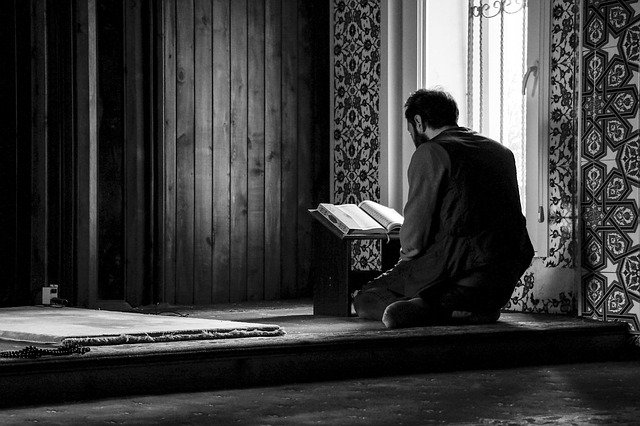
(credit: pixabay)
To perform Dhuha prayer 4 rekaat or more, the procedure is actually the same as performing Dhuha prayer 2 rekaat. The only difference is that it must be performed with 2 rekaat salam. Then continue the prayer with another 2 rekaat salam. And so on.
Those are the things and procedures for Dhuha prayer that Muslims should know in order to perform this sunnah prayer correctly and according to the guidance.
(kpl/psp/gen)
Disclaimer: This translation from Bahasa Indonesia to English has been generated by Artificial Intelligence.
